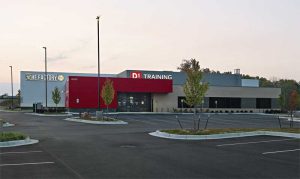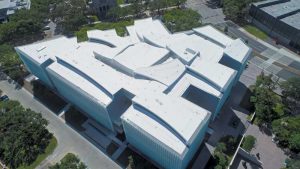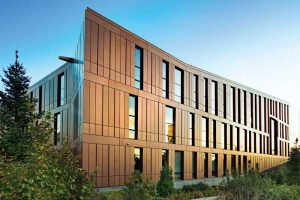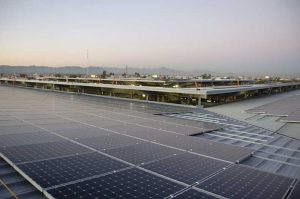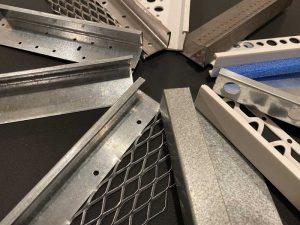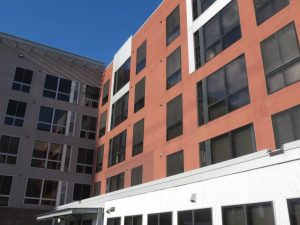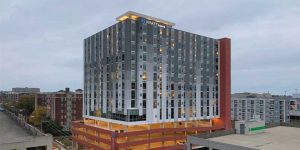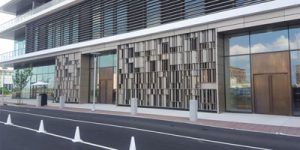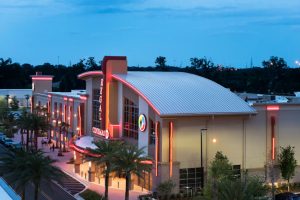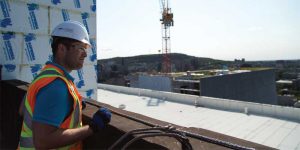The goal of this article is to help specifiers and designers know what project needs drive the facing profile, gauge, color, and insulation thickness selections for IMPs, as well as the best applications within the range of options available.
+ Read More
|
Cool roof and wall materials are widely available in North America and can cover nearly every type of roof and wall structure.
+ Read More
|
Anodized aluminum cladding offers commercial buildings a durable, and sustainable finish with a lifespan of 40 years or more.
+ Read More
|
Within the past four decades, more than 185 hundred million m2 (2 billion sf) of metal roofing have been installed in the United States each year.
+ Read More
|
How the stucco panel edge condition is designed and constructed critically impacts the function, performance, serviceability, durability, and aesthetics
+ Read More
|
Since the early 20th century, fibrous cement sheets have been available for numerous construction applications.
+ Read More
|
When prefabrication enters the construction equation, the game changes dramatically. Manufacturers can produce complete exterior wall panels in a climate-controlled facility with no weather limitations. Wall panels can then be transported to a job site where they are hoisted into place and attached to the structure without the need...
+ Read More
|
Formed architectural metal assemblies can be produced in a wide array of geometric styles, surfaces, materials, and finishes. The anchor clips required for these assemblies must also be suitable to accommodate a variety of service conditions, structural substrates, and material finishes for strong and durable serviceability.
+ Read More
|
Designed by architects with the RLS Design Group, the sweeping metal roof over the entrance at Regal Cinemas in Gainesville, Florida, helps it stand out among the surrounding stores and restaurants.
+ Read More
|
Roof enclosures traditionally have the largest litigation potential in the construction industry due to complexities in design, application, and environmental exposure. Development of a self-drying roof enclosure would minimize the litigation potential and provide additional benefits, such as increased roof resiliency, reduced financial burden, and minimal impact on the...
+ Read More
|
|
|


